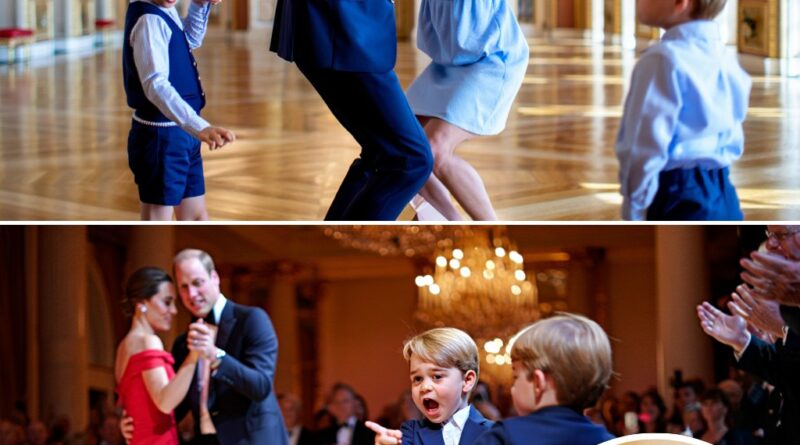Monarchy Reshaped: William & Kate Take the Lead as King Charles Fades
The article claims that King Charles III, suffering from ongoing health struggles, has made an unprecedented move: in a private council meeting at Buckingham Palace, he named Prince William and Catherine, Princess of Wales, as co-regents of the Crown. This, the article says, marks a historic break from tradition, because for centuries regency was held by a single person, not shared by a royal consort.
The Moment That Changed Everything
According to the piece, the council gathered in intense anticipation. Charles, described as weary but resolute, publicly declared: “I name my son William, and his wife Catherine, to share the duties of the Crown with me.” Observers in the room reportedly gasped, then broke into support — not seeing this as a symbolic gesture, but as the beginning of a planned transition of power.
Because Charles’ health has limited his public appearances, William had already been stepping into many of his duties. But the inclusion of Catherine as co-regent is presented as the real surprise: never before has a consort been given formal authority while the monarch is still living.
A New Balance of Power
The article describes the move as historic and disruptive, emphasizing that the recognition of Catherine breaks centuries-old patterns. While William was long groomed for kingship, Catherine’s elevation is framed as transformational — not merely symbolic, but real authority. Those who voted in favor, the article claims, trusted her grace, resilience, and public service record.
This change, according to the article, is not just about succession — it’s a reimagining of monarchy in modern society. Critics who prefer tradition are said to be uneasy, but public reaction is portrayed as broadly supportive: many see Catherine’s rise as balancing history with progress.
Catherine’s Rise & Public Role
The article points out Catherine’s evolution from a university student — once criticized or dismissed — to a key figure in the monarchy. It praises her long-standing public service (mental health advocacy, early childhood development) and argues that her elevation formalizes qualities she had already been exercising.
It argues Catherine is now more than a consort — she’s a figure of leadership whose decisions and influence will carry weight. In contrast to Diana, whose influence was emotional and symbolic, this article frames Catherine’s role as structural and institutional.
Charles’s Legacy & Vision
Although Charles is weakened, the article contends his decision to share power is deliberate, not forced. It frames this as a final act of vision: by entrusting the Crown to William and Catherine, Charles ensures stability by embracing change. This is portrayed as a gift to the monarchy: emphasizing legacy over ego, and adaptation over rigidity.
What the Future Holds
The piece concludes that the monarchy is undergoing a pivot toward partnership, transparency, and relevance. It sees William and Catherine as architects of a modern monarchy — one that merges tradition with authenticity. The author frames this shift not as a collapse of monarchy, but as its transformation for the 21st century.
Important caveat:
The article mixes fact, commentary, and speculation. As of now, there is no credible official evidence that Charles has appointed William and Catherine as co-regents, and many of the dramatic claims are not supported by confirmed royal statements.
